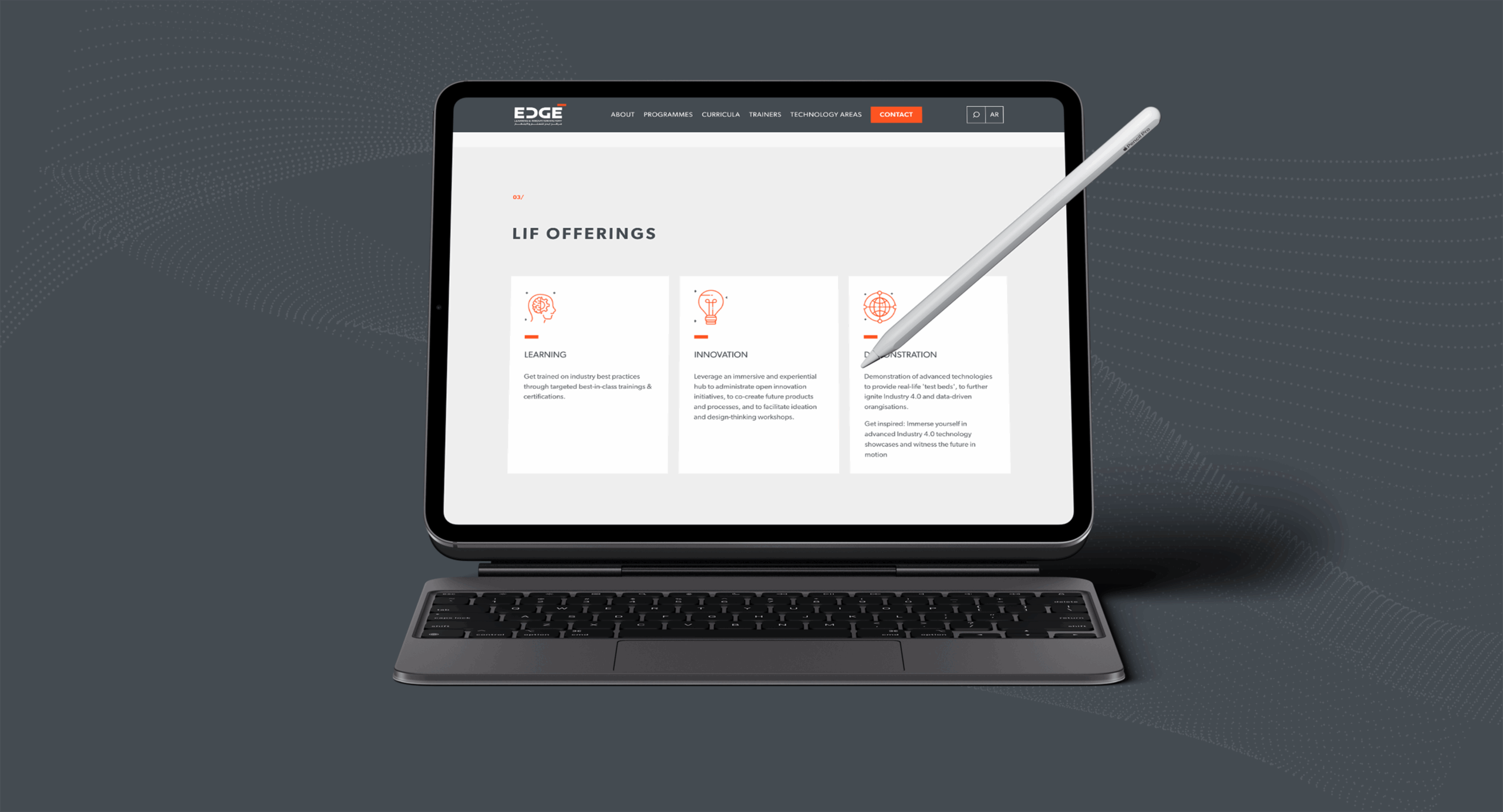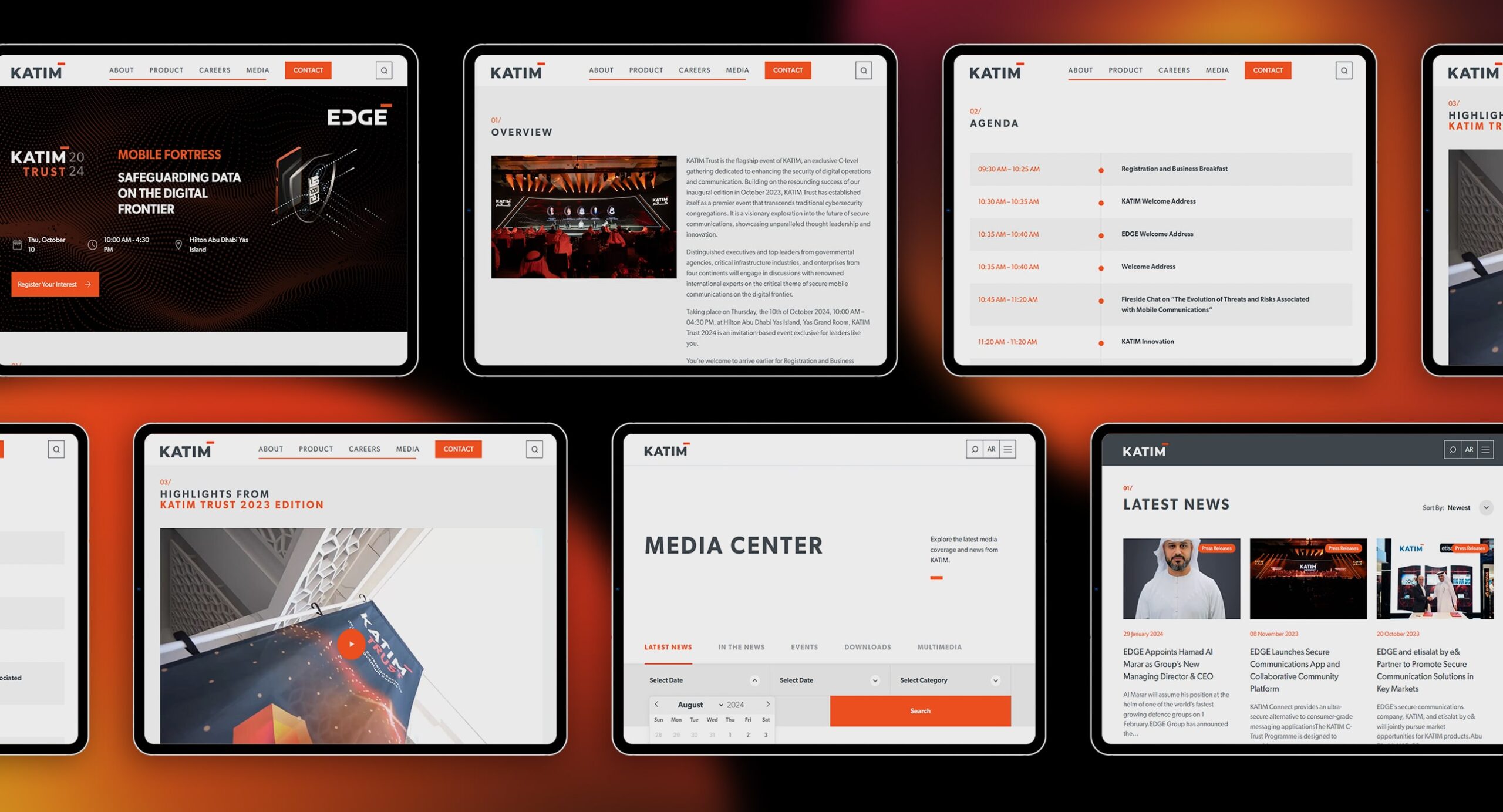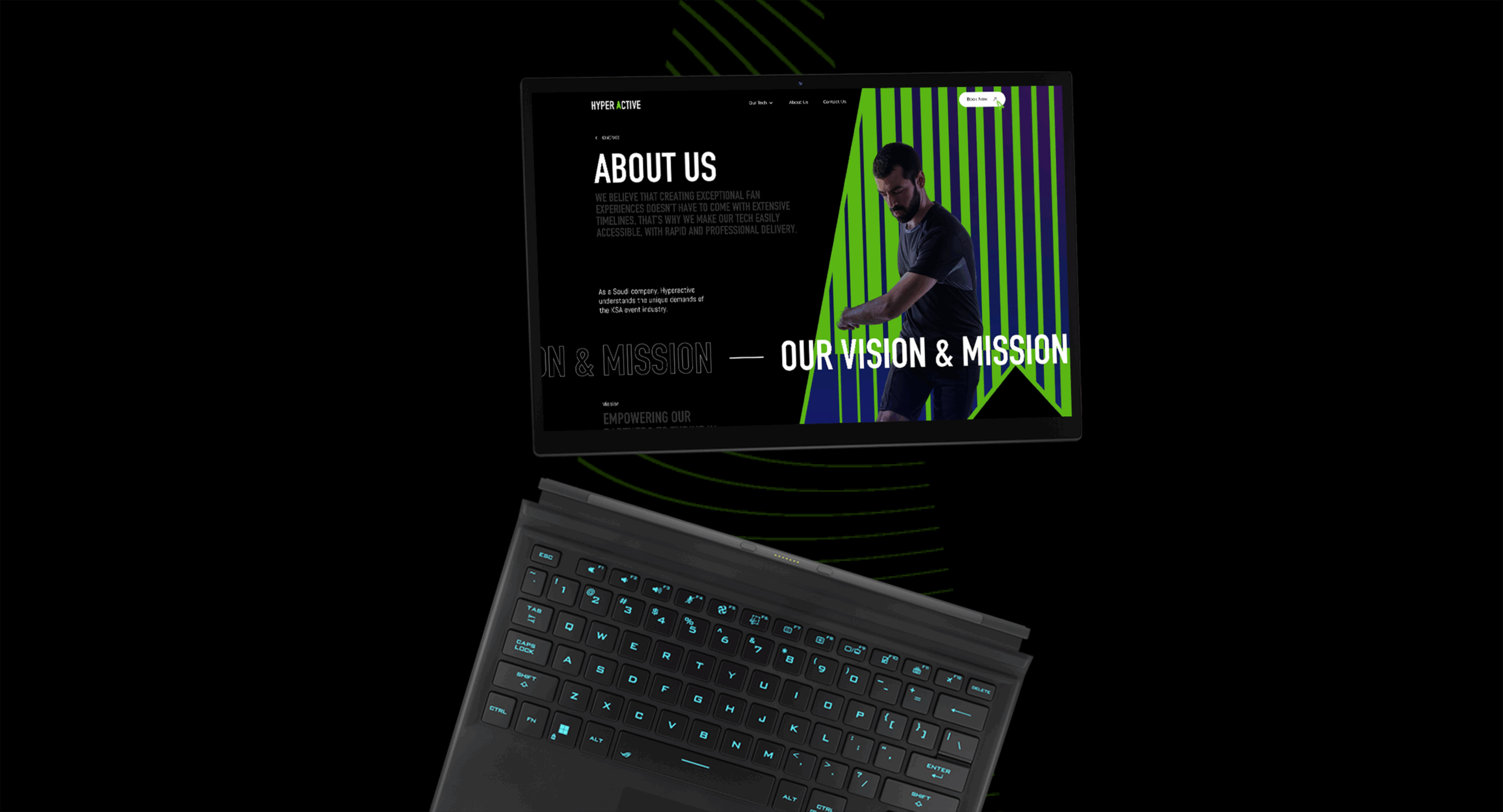In the world of Search Engine Optimization (SEO), user experience has become a key factor in determining the success of a website. Core Web Vitals are a set of user-centric metrics introduced by Google that measure the loading speed, interactivity, and visual stability of web pages. Understanding and improving Core Web Vitals is crucial for enhancing user satisfaction and ensuring that your website ranks well in search engine results.
In this comprehensive how-to guide, we will delve into the concept of Core Web Vitals, their significance in SEO, and actionable strategies, including the use of AI-driven marketing tools, to improve these vital metrics and optimize your website for better user experience.

Understanding Core Web Vitals
- Loading Performance (Largest Contentful Paint – LCP): LCP measures the time it takes for the largest content element on a web page to become visible to the user. It reflects how fast a page loads and becomes usable.
- Interactivity (First Input Delay – FID): FID gauges the time between a user’s first interaction (clicking a button or a link) and the browser’s response. It reflects how quickly a page responds to user actions.
- Visual Stability (Cumulative Layout Shift – CLS): CLS measures the visual stability of a page by quantifying unexpected layout shifts that may occur as the page loads. It reflects the extent to which the page layout remains stable during the loading process.
The Importance of Core Web Vitals in SEO
- User-Centric Experience: Core Web Vitals prioritize the user experience, ensuring that websites are optimized to meet the needs and expectations of visitors.
- Search Engine Rankings: Google has officially included Core Web Vitals as a ranking factor, meaning that websites with better scores are likely to rank higher in search engine results.
- Mobile-First Indexing: With mobile usage on the rise, Core Web Vitals are even more critical for websites to perform well on mobile devices.
Assessing Core Web Vitals Performance
- Google’s PageSpeed Insights: Use Google’s PageSpeed Insights tool to assess your website’s Core Web Vitals performance and identify areas that need improvement.
- Google Search Console: Check the Core Web Vitals report in Google Search Console to get an overview of how your website performs in terms of LCP, FID, and CLS.
Strategies to Improve Core Web Vitals
Optimizing Page Loading Speed (LCP):
- Minimize Server Response Time: Ensure that your web server responds quickly to requests by using efficient hosting and caching solutions.
- Optimize Images: Compress and optimize images to reduce their file size without compromising quality.
- Lazy Loading: Implement lazy loading for images and videos to load content only when the user scrolls to it, reducing initial load times.
Enhancing Interactivity (FID):
- JavaScript Optimization: Minimize and defer non-essential JavaScript to improve the responsiveness of your web pages.
- Browser Caching: Leverage browser caching to store frequently accessed resources locally, reducing the need for repeated downloads.
- CDN Usage: Use Content Delivery Networks (CDNs) to serve content from servers closer to the user, reducing latency.
Ensuring Visual Stability (CLS):
- Set Dimensions for Media: Reserve space for images, videos, and other media elements to prevent layout shifts as they load.
- Adopt Preload and Prefetch Tags: Use preload and prefetch tags to give browsers hints about resources that will be needed in the future.
- Avoid Dynamic Content Loading: Load dynamic content below the fold to prevent layout shifts during page rendering.
For Core Web Vitals Optimization Leveraging AI
- Performance analysis is driven by AI: Resorting to the use of AI power-driven tools to track the performance of the website and outline specific areas that require attention.
- Optimization of content delivery: AI is able to optimize content delivery by dynamically selection of the best server and resources for each user, thereby reducing latency and enhancing performance.
Periodic testing and monitoring of core web vitals
- Periodical performance testing: regular tests should be conducted in monitoring the website’s core web vitals and outline any changes that may impact user experience.
- Real-time monitoring (RTM): for tracking real-time user experience data implementation of RTM tools are essential. It provides insights into how users interact with the website.
- Continuous improvement: the data that is collected from testing and monitoring is to be implemented for recurring improvements to enhance the performance of the website.
Address the common issues relating to Core web vitals
- Coping with render Blocking resources: for CSS files and JavaScript opt for asynchronous loading as it prevents them from blocking the rendering process.
- Dealing with slow server response time: use caching, optimization of server configuration, and think along the lines of upgrading your hosting plan if necessary.
- Addressing cumulative layout shifts: Space is to be reserved for dynamic content and dimensions are to be set to prevent unexpected layout shifts.
Core web vitals accompanied by social media
- Sharing on social media: You need to optimize the content and images you need to share on social media platform ensuring that they load quickly and provides a seamless user experience.
- Social media content needs to be engaging: Formulation of engaging content that encourages users to click on your website leading to better core web vitals score.
- Link previews: Utilization of line previews that include optimized pages and files to entice users and reduce bounce rates.
Conclusion
To sum up things core web vitals play an important role in user experience optimization and are an integral aspect of SEO. Once you have an understanding of these essential metrics and implementation of the above-mentioned strategies it ensures that the website provides a fast, seamless and stable experience to the users. To enhance your optimization efforts further the need of the hour is using AI-powered marketing tools. Not only it improves your search engine rankings and it leads to a better user experience. All these mechanisms ensure that the website comes back to your website time and time again.
For more such blogs, Connect with GTECH.
Related Post
Publications, Insights & News from GTECH







